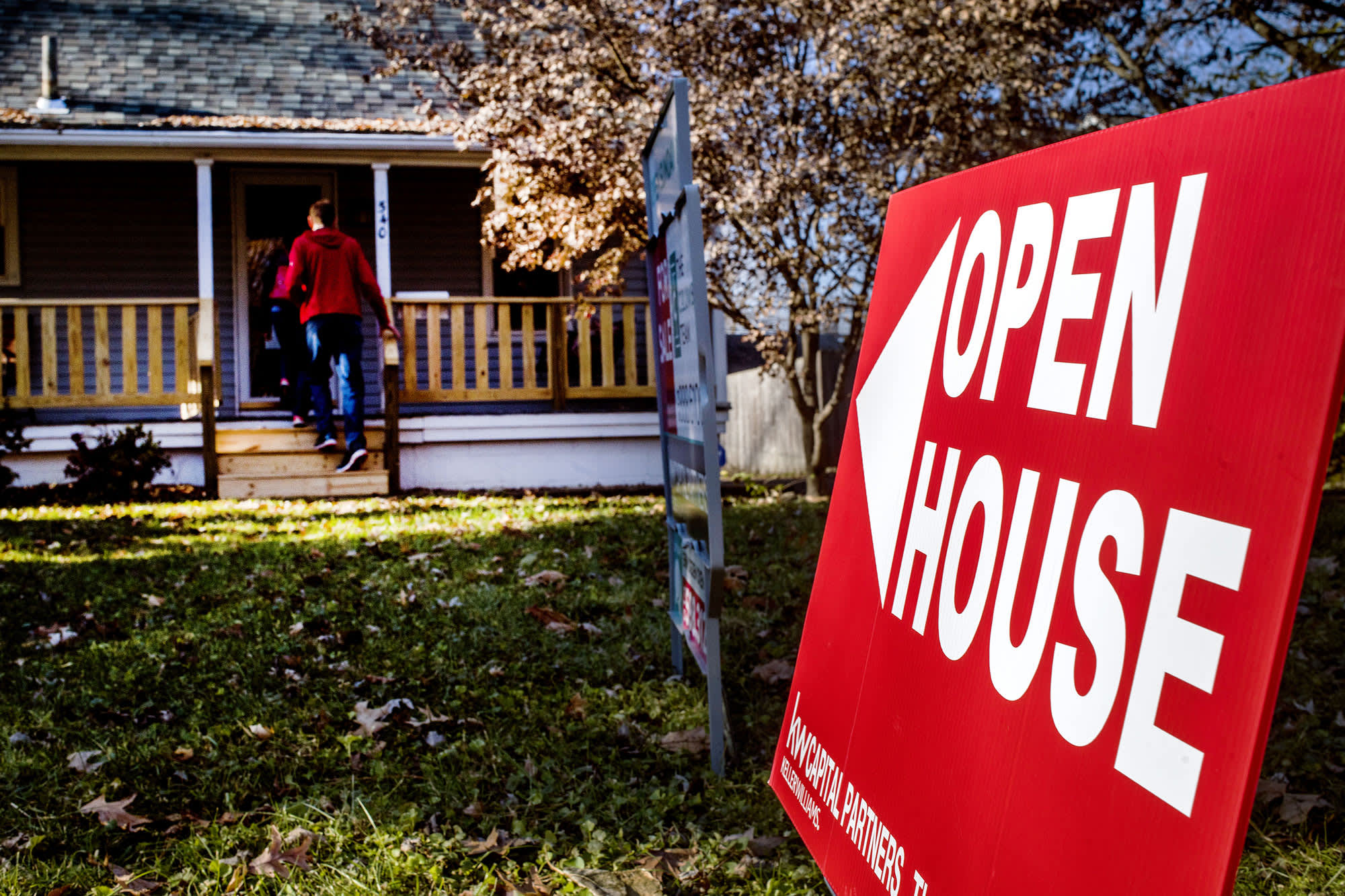Home price gains are accelerating at an alarming pace, fueled by Covid pandemic-related inflation, which some claim is not getting enough attention from the Federal Reserve.
Home prices nationally in January rose 11.2% year over year, according to the latest S&P CoreLogic Case-Shiller Index. That is the largest annual gain in nearly 15 years.
As a comparison, annual price gains were 10.4% in December, 9.5% in November, 8.4% in October, 7% in September, 5.8% in August and 4.8% last July. In January 2020, the annual gain was just 3.9%, and the monthly moves were in small fractions, not whole percentage points.
“In more than 30 years of S&P CoreLogic Case-Shiller data, January’s year-over-year change is comfortably in the top decile. That strength is reflected across all 20 cities,” noted Craig Lazzara, managing director and global head of index investment strategy at S&P Dow Jones Indices. “January’s price gains in every city are above that city’s median level, and rank in the top quartile of all reports in 18 cities.”
The main reason home prices are now rising so quickly is that strong demand butting up against record low supply. Bidding wars for homes are now the rule, not the exception.
But mortgage rates are also playing a key role, one engineered by the Federal Reserve.
While rates are rising slightly now, they are still near historic lows, having set more than a dozen new lows last year. Mortgage rates loosely follow the yield on the 10-year Treasury note, which fell dramatically during the pandemic. Mortgage rates are also influenced by the purchases and yields of agency mortgage-backed securities, or MBS. These purchases provide the mortgage market with liquidity.
The Federal Reserve had been tapering its purchases of MBS in order to normalize the market after the last recession, but it turned that taper around last March with the onset of the pandemic. It now owns more than a third of the MBS market.
At the start of 2019, the Fed held $1.6 trillion in agency MBS. It tapered that down to $1.37 trillion by mid-March. Then, when the economy and housing market were suddenly in Covid freefall, the central bank began buying more again. As of last week, the Fed held $2.2 trillion of agency MBS.
“They’ve continued on autopilot. I don’t think there’s been any discussion within the Fed. The Fed is just afraid to change because they don’t want it to be seen as a form of taking their foot off the pedal,” said Peter Boockvar, chief investment officer with Bleakley Advisory Group.
The housing market has, in turn, blasted off. The stay-at-home culture of the pandemic hit consumers literally where they live, and demand for housing has yet to ease up. Low mortgage rates only added fuel to the fire.
“Again, why is the Fed still buying MBS? As home price changes are not included in either CPI or PCE, the question is when and how this filters into imputed rent, but inflation is real for those looking to buy a home,” said Boockvar. “The Fed again is responsible for pricing out first–time buyers.”
A Fed spokesman declined to comment.
But what if the Fed tapered its purchases again, or stopped buying MBS altogether?
“Is there some sort of liquidity breakdown or crisis of confidence that sends a shockwave throughout financial markets? We’ve seen that happen before and it results in rates moving lower for organic reasons, but without the benefit of simultaneous strength in financial markets,” explained Matthew Graham, chief operating officer at Mortgage News Daily.
“With or without the Fed, rates were low because of the pandemic. Mortgage rates are exactly as far away from 10-year Treasury yields as they have been for the past decade (and they never broke below that historical range in the past year). Rates are rising due to light at the end of the tunnel,” Graham added.
The best case for cold water on home prices, then, is simply more supply on the market and less demand. Sellers have been very slow to act this spring, but buyers are starting to pull back, some priced out of the homes they would like to purchase.
“Affordability crunch resulting from strong home price growth and higher mortgage rates will discourage some potential home buyers from entering the market and take some wind out of its sails, slowing the home price growth rate by about a half by the end of 2021,” said Selma Hepp, deputy chief economist at CoreLogic.
The lack of homes for sale remains the biggest concern, she added.
“Potential sellers may be discouraged by their inability to find a new home and subsequently choose to not list their own home – leading to a vicious cycle of declining for-sale homes,” Hepp said.



 RULE-BASED Pocket Option Strategy That Actually Works | Live Trading
RULE-BASED Pocket Option Strategy That Actually Works | Live Trading